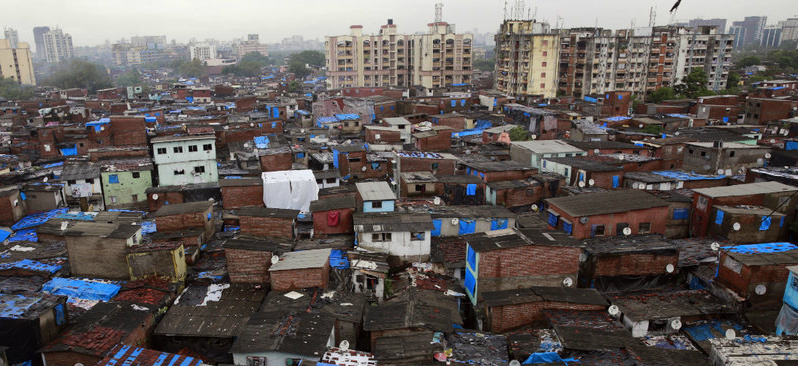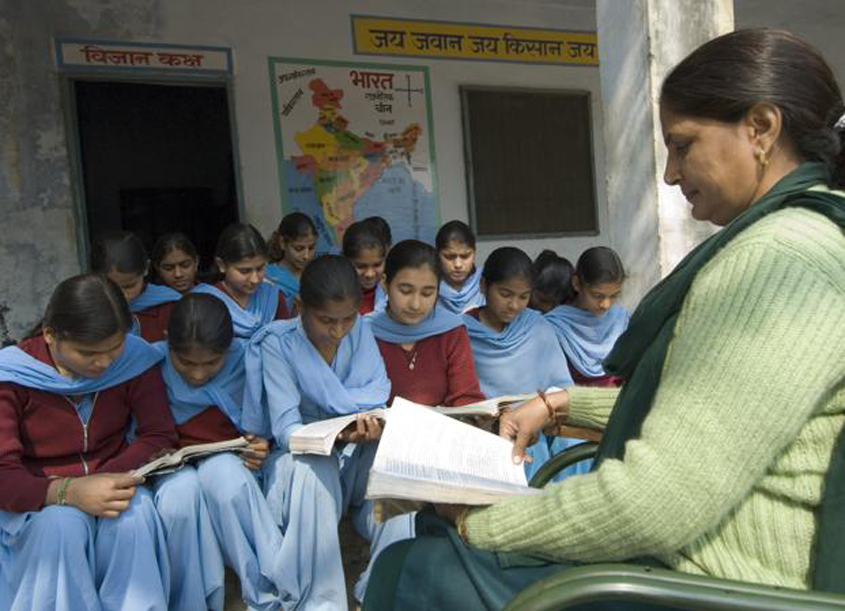India’s elite 1% amasses maximum wealth while its poor die of malnutrition. The latest study by Oxfam reminds us that economic inequality could threaten the very basis of democracy in the nation.
The New Leam Staff

A revealing study by Oxfam shows the widespread and fatal inequality across the world and highlights the gravity of such a crisis especially in a nation like India. The study addresses the question of starch economic disparity between the rich and the poor by also making critical observations about how simple policy changes could help improve the situation drastically. The latest survey by Oxfam took us all by surprise when it claimed that the world’s 26 richest people own the wealth which is equivalent to the collective wealth owned by the poorest half of the world (3.8 billion people).
The report also suggests that if the richest 1% of the world is taxed only 0.5% more than what they are taxed now, it would raise more money than is needed to educate all 262 million children who don’t go to school and provide life-saving healthcare to more than 3.3 million people. The ever expanding nature of economic inequality in the world has led to a plethora of luxury for a very insignificant section of the population and deprived the larger half of the world of even the bare basics. The inherent paradox of such an economic model reminds us that no nation in the world can really call itself developed or economically prosperous unless its income is distributed by the logic of social justice and all citizens irrespective of class have access to quality healthcare, education, employment and livelihood.
The Economic Crisis in India
Oxfam in its report entitled ‘Public Good or Private Wealth’ has pointed out towards growing economic inequality and improper distribution of wealth across the world. While it does seek the attention of the global community in addressing this important crisis, what it emphasises upon is the fact that in a nation such as India, it is high time that serious interventions in the field of policy change, distribution of wealth, economic reform take place so that the vast section of the population can be lifted from a life of indignity and exploitation.
The Oxfam report reveals that in India the top 1% of the richest have multiplied their wealth by 39% whereas there has only been a wealth increase of 3% at the bottom-level of the country’s population. The inequality report does not only point out the income gap between the wealthy and the poor but also raises important questions about the lack of policy interventions, lethargy in implementation of pro-people economic reform and economic programs, lack of will power in the state etc. The report states that the wealth of individuals and corporations is not being adequately taxed and instead the burden of taxation is falling disproportionately on the working class. This finding of the report makes it apparent that the rich are enjoying the perks of tax-cut or tax-subsidy somehow while the salaried and low-income business classes are bearing the brunt of taxation.
The report makes some interesting revelations about India such as the fact that 13.6 crore Indians( composing the poorest 10% of the country’s population) has continued to remain in debt since the last two decades while in 2018 alone, India’s 119 billionaires witnessed their wealth mushrooming by Rs 2,200 crore a day on an average. Among the many important observations made by the report is the fact that if we were to calculate the combined revenue including the capital expenditure of the Centre and the states for public healthcare, sanitation and water it would come down to Rs 2.09 lakh crore and this is less than the total worth of Mukesh Ambani, India’s richest man who has a wealth of 2.8 lakh crore.
The report makes us aware yet again of the outrageous and vulgar economic inequality in the world It tells us that as a nation we have failed to grow in an inclusive manner where people irrespective of their class background can have access to a minimum set of primary facilities that are crucial for leading a life of dignity. The absurd economic disparity between India’s richest 1% and the rest of the population means that while a select few amass the wealth of the nation, a large section of the poor struggle to even eat their next meal. Surely, if India still does nothing to make matters better and intervene to drastically democratise access to wealth, it would not take many years before its social and democratic culture is completely rubbished.













